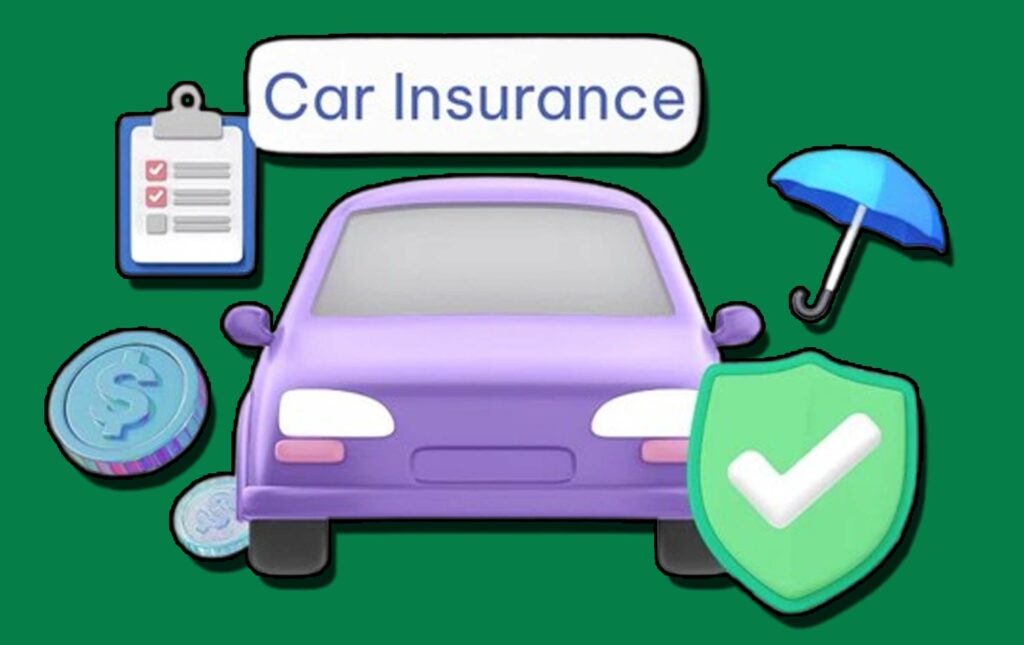Should You Pay Car Insurance in Installments? When it’s time to pay for car insurance, one of the first decisions you’ll face is how to make your payments. Should you pay the entire premium upfront, or would it be better to spread the cost over monthly installments?

At first glance, paying in installments sounds convenient it breaks a large bill into smaller, manageable amounts. However, there’s more to this decision than just convenience. Understanding why you should Pay Car Insurance in Installments, their pros and cons, and how they affect your overall costs will help you make a financially smart choice.
How Car Insurance Payments Work
Car insurance companies typically give you two main payment options: paying in full or paying in installments.
- Paying in Full: You pay the total amount of your premium upfront for the policy period, usually six or twelve months. Once paid, you don’t owe anything else until your policy renews.
- Paying in Installments: Instead of paying the entire premium at once, you can split it into monthly, quarterly, or bi-monthly payments. This option spreads the cost over time, making it easier to fit into your monthly budget.
Each method has financial implications, and your choice can affect not just your cash flow but also how much you ultimately pay for coverage.
Why Pay Car Insurance in Installments
Easier on Your Budget
The biggest advantage of installment payments is flexibility. Not everyone can afford to pay hundreds or even thousands of dollars upfront. Paying monthly or quarterly allows you to manage your budget more comfortably without straining your finances.
This option is especially useful for young drivers, students, or families juggling multiple expenses. Instead of one large payment, you can plan for smaller, consistent payments throughout the year.
Continuous Coverage
Paying in installments can help you maintain continuous insurance coverage, even if you can’t afford a lump-sum payment. This prevents lapses that could lead to penalties, higher premiums later, or even legal trouble in states where car insurance is mandatory.
Opportunity to Adjust Coverage
When you pay monthly, you have more flexibility to make changes to your policy mid-term. For instance, if you sell your car, move to a new area, or want to switch insurers, you won’t have to worry about waiting for a large refund from an annual payment.
Drawbacks of Paying Car Insurance in Installments
Additional Fees and Interest
The biggest downside of installment payments is that most insurers charge additional fees or interest for the convenience. These can come in the form of processing fees, service charges, or installment surcharges.
For example, an insurer might charge $5–$10 per month for monthly payments. Over a 12-month policy, that’s an extra $60–$120 per year money you could have saved by paying upfront.
Risk of Missed Payments
When you pay monthly, you need to stay disciplined about paying on time. Missing a payment could result in late fees, temporary suspension of your policy, or even cancellation. A lapse in coverage could also increase your future premiums, as insurers view missed payments as a sign of financial instability.
Higher Total Cost
Even if installment fees seem small, they add up over time. Paying your premium in full almost always costs less overall. Many insurance companies even offer a discount (typically 5–10%) for policyholders who pay in one lump sum.
When Paying in Installments Makes Sense
Despite the extra cost, paying in installments can be the right choice in certain situations. For example:
- If you’re on a tight budget: Spreading payments out prevents financial strain and allows you to keep your coverage active.
- If you’re building your credit: Consistently making on-time payments shows financial responsibility and can help improve your credit history if your insurer reports payments.
- If you expect financial changes soon: If you’re between jobs or waiting for an income increase, monthly payments can keep you covered without overwhelming you financially.
In these cases, the slightly higher cost may be worth the flexibility and convenience.
When Paying in Full Is the Smarter Choice
If you have enough savings or disposable income, paying your car insurance premium in full often makes more sense. Here’s why:
- You can save money on installment and administrative fees.
- You’ll likely qualify for a pay-in-full discount from your insurer.
- You won’t have to worry about missed payments or policy cancellations.
- It’s one less monthly bill to manage, which can simplify your finances.
Ultimately, paying in full gives you peace of mind and can help you spend less in the long run.
Tips to Manage Car Insurance Payments
- Ask about discounts: Many insurers reward customers who pay upfront or set up automatic payments.
- Consider auto-pay options: If you prefer installments, enrolling in automatic payments can prevent missed due dates and late fees.
- Compare policies: Some companies charge lower installment fees than others. Shop around before deciding.
- Budget ahead: If you plan to pay in full next term, start setting aside money monthly so the lump-sum payment is easier to handle later.
Final Thoughts
Deciding whether to pay car insurance in installments depends on your financial situation and priorities. Paying in full is generally the cheaper option it saves you money on fees and can even earn you a discount. However, if paying the entire premium upfront would put a strain on your finances, paying in installments can be a smart and manageable choice.
The key is to weigh cost versus convenience. If installment payments help you maintain consistent coverage without financial stress, they’re worth it. But if you can comfortably afford to pay your premium in one go, doing so could save you money and simplify your life. In the end, the best choice is the one that keeps you insured, financially stable, and stress-free on the road.



